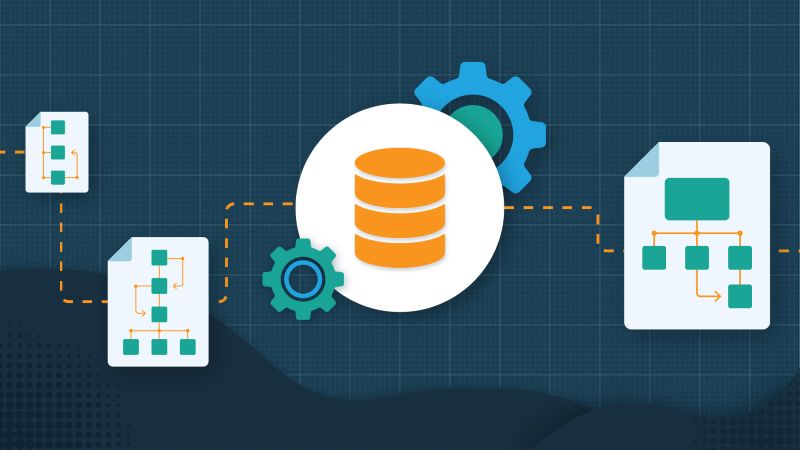As the master data management (MDM) market matured throughout my eight years as the as Vice President of Data and Analytics and MDM Magic Quadrant lead author at Gartner, I saw the number of companies trying to build their own proprietary, “home-grown” MDM solution decrease — and for good reasons. However, since joining Profisee, I have still spoken with a few prospects where they were seriously considering just that.
‘Home-grown’ Master Data Management Solutions Have Lower Customer Satisfaction
These conversations always remind me of a large vertical industry survey of financial services firms about data management capabilities that I came across 10 years ago. About 75 percent of the surveyed firms responded that they had built some kind of MDM solution in-house.
Given the relative immaturity of commercial MDM solutions at the time (compared to the present day), this is quite understandable given the regulatory compliance requirements of these institutions, so I was not surprised at this level of proprietary adoption. What was shocking, however, was that 90 percent of those implementing organizations were “unsatisfied” to “very unsatisfied” with their own internally developed solutions!
We at Profisee conducted our own in-depth market survey with Topline Strategy just prior to the COVID-19 pandemic that indicated that a significant share of organizations continued to have an existing legacy home-grown MDM solution in place — and they had a similar, if not worse, level of dissatisfaction with their capabilities.¹
In fact, Profisee enjoys a Net Promoter Score (NPS)² of +39 versus an NPS of -49 for home-grown solutions (and a -4 for all commercial MDM solutions). These results certainly reflect the challenges inherent in building and maintaining a solution that brings the various capabilities required for robust MDM together in a fully functional and integrated way.
Home-grown Master Data Management Solutions Often Lack Critical Capabilities
There are several functional capabilities required for an MDM platform to be successful. Gartner lists the following Critical Capabilities required of commercial MDM solutions:
- Workflow/BPM
- Loading/Synchronization/Business Services
- Data Modeling
- Information Quality/Semantics
- Perform/Scalability/Availability/Security
- Hierarchy Management
- Data Stewardship
- Data Governance
- Multiple Usage Scenarios – Analytical and Operational MDM
- Multidomain Support
While several of these capabilities can be built or bought on a standalone basis, commercial MDM solutions provide tremendous value in that they integrate these capabilities to work together right out of the box. And when considering commercial MDM platforms, it’s important compare the solution viability with your own functional requirements and business challenges.
Even if the implementing organization chooses (either implicitly or explicitly) to ignore or “bury” the cost of designing and creating the capabilities they initially require, the cost inherent in maintaining the proprietary solution always exceeds that of a commercial solution. As the business surfaces more and more sophisticated functional requirements that in turn require increased non-functional support such as performance, high availability, etc., the costs of a home-grown solution will grow exponentially. This is particularly true as the enterprise matures from analytical to operational MDM use cases, as this always results in a greater number of the above capabilities being required to act in concert.
Moreover, the value of commercial MDM solutions is not only found in integrating the various capabilities. For example, discrete capabilities like “un–merging” master records that have been merged in error require the creation and maintenance of significant amounts of metadata and audit trails. This scenario in particular — not just its design and coding, but the ongoing support and maintenance it will require — is often sufficient to persuade potential home-grown MDM developers and architects to buy instead of build.
Out-of-the-box Functionality at a Lower Total Cost of Ownership (TCO)
At a higher level, while organizations must deliver significant value with MDM as early in the program as possible, they also carry the fiduciary responsibility to take potential future enhancement requirements into account when assessing the total cost of ownership (TCO) of a proprietary or home–grown MDM solution.
Organizations should only create a subset of MDM capabilities on a proprietary basis if they are certain that an increase in the number of required integrated capabilities will not occur over a reasonable financial period. In my experience, two to three years is a generally useful time horizon in these cases, if the organization does not already have a convention in place.
In its most recent 2021 Magic Quadrant for MDM Solutions Gartner identified the shift away from perpetual pricing models toward subscription-based scenarios across the MDM market, which certainly serves to lower the entry point for MDM software more broadly. This is because subscription pricing models generally have more modest entry costs as well as the option to pay for the software with ongoing operating expense funding as opposed to an up-front capital expense.
While Profisee’s solution has always sold at a price point that makes the “buy” option more attractive even under perpetual pricing models, providing the subscription option (for both cloud and on-premise implementations) promotes the financial appeal of purchasing an industry-leading multidomain MDM platform like Profisee to no-brainer status.
Interested in why our customers rate us so much more favorably than in-house MDM solutions? Book an MDM demo with us to have a personal MDM specialist show you around the platform.
¹Topline Strategy & Profisee MDM Market Research Project, 2020.
²Net Promoter Score®, or NPS®, measures customer experience and predicts business growth by calculating the percentage of customers rating their likelihood to recommend a company, a product, or a service to a friend or colleague as 9 or 10 minus the percentage rating this at 6 or below on a scale from 0 to 10.

Bill O'Kane
A former Gartner analyst, Bill O'Kane was the VP & MDM Strategist at Profisee.















